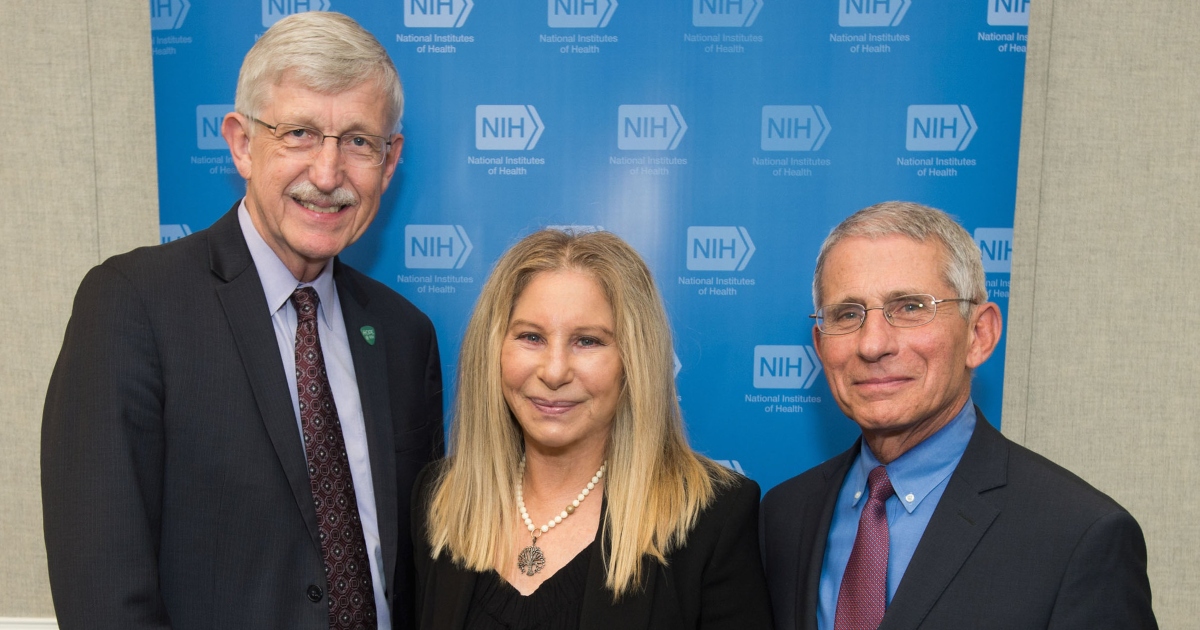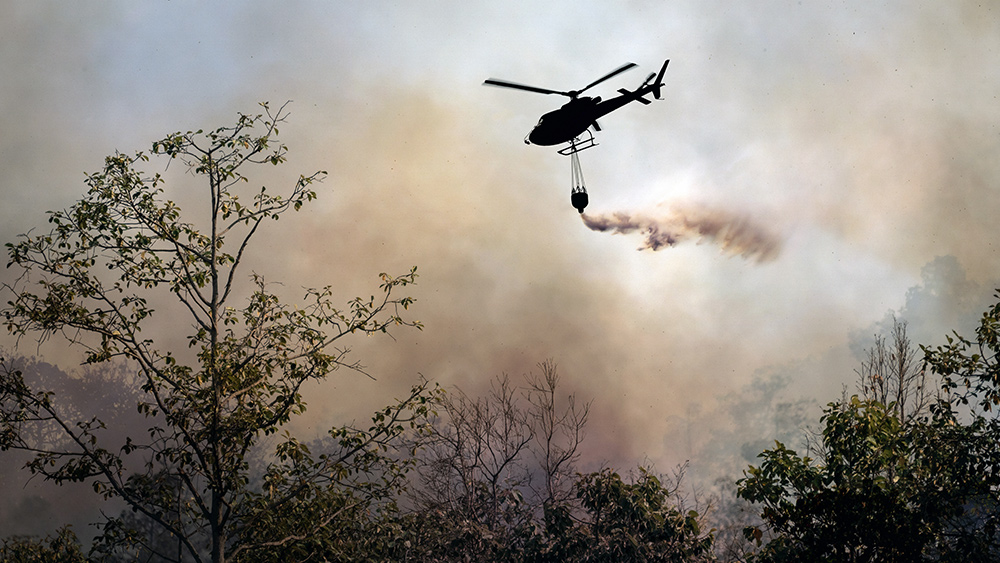
A newly released study found that the chemicals that leaked in the East Palestine train disaster last year have spread much further than originally expected, making their way to 16 states and causing concerns about the health of the communities surrounding the accident.
The study, which was published in the journal Environmental Research Letters, found that the pollution stemming from burning vinyl chloride, a known carcinogen, extended across 540,000 square miles from Wisconsin to Maine to South Carolina. This, the authors point out, proves that "the impacts of the fire were larger in scale and scope than the initial predictions;" it was originally expected to be largely a local contamination issue.
The accident in question was a train crash involving a Norfolk Southern train in East Palestine, Ohio, a city situated close to the border with Pennsylvania as well as the Appalachian foothills. Dozens of train cars derailed in the accident, many of which were carrying hazardous materials that caught fire and burned for several days. Because authorities worried that it could trigger a significant explosion, they drained vinyl chloride from five of the train cars into a trench and set it on fire in a controlled burn in hopes of minimizing the impact.
It was later revealed, however, that the controlled burn violated EPA rules, and the head of the National Transportation Safety Board acknowledged that the burning had not been necessary.
For the study, researchers took inorganic compound samples from rain and snow across numerous locations in the U.S.
Human knowledge is under attack! Governments and powerful corporations are using censorship to wipe out humanity's knowledge base about nutrition, herbs, self-reliance, natural immunity, food production, preparedness and much more. We are preserving human knowledge using AI technology while building the infrastructure of human freedom. Speak freely without censorship at the new decentralized, blockchain-power Brighteon.io. Explore our free, downloadable generative AI tools at Brighteon.AI. Support our efforts to build the infrastructure of human freedom by shopping at HealthRangerStore.com, featuring lab-tested, certified organic, non-GMO foods and nutritional solutions.
The study’s lead author, National Atmospheric Deposition Program Coordinator David Gay, said that although it is not causing problems such as “melting steel or eating paint off buildings,” it is still a “very extreme” problem.
The National Atmospheric Deposition Program regularly tests precipitation across 250 sites throughout the U.S. to track the pollution being washed out of the atmosphere, and he said that these numbers far exceed those registered in many locations during the last 12 years.
Experts who were not involved in the study agree that it is a cause for concern, including an expert on the effects of vinyl chloride who told the Washington Post that she worried about the potential long-term environmental impact on the communities within range of the chemical.
110 Million people impacted
Ultimately, the impact of the accident reached a third of the U.S. population, or 110 million people.
“We have chemical and meteorological observations that these pollutants came from the train accident. I don’t think most people understand how big it was,” Gay added.
Following the accident last February, area residents were evacuated and allowed to return home around one week later, at which point there were multiple reports of odors and illness.
Those in the area reported that a “potent chemical odor hung in the air for weeks” and many experienced problems such as headaches, rashes and nausea.
When the researchers began their study, they anticipated finding pollution in areas such as Ohio, Pennsylvania and Western New York, but they found that a low-pressure system pushed the pollution across parts of Wisconsin and Michigan and most likely affected all of the Great Lakes except for Lake Superior. It also went as far south as South Carolina and Virginia.
Not surprisingly, some of the highest levels they detected were downwind from the accident close to the border between New York and Canada. However, there were also “exceptionally high” pH levels in the rain in areas much further afield, such as northern Maine.
Moreover, they did not check for organic compounds such as PFAS or dioxin, which are widely believed to have also spread in the accident, so the damage could be even more significant than the study indicates.
“This accident wasn’t just in Ohio. It touched a lot of people,” Gay said.
Sources for this article include:
Please contact us for more information.



















